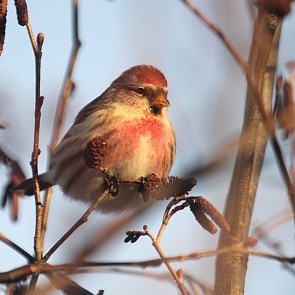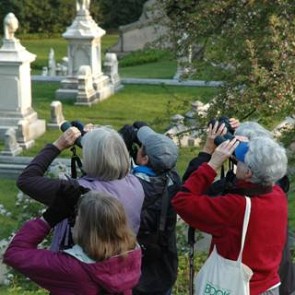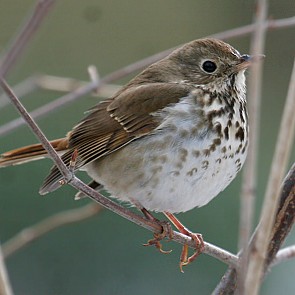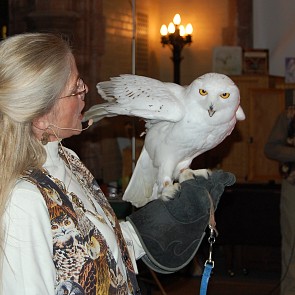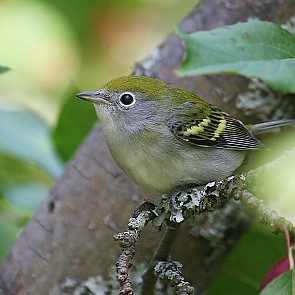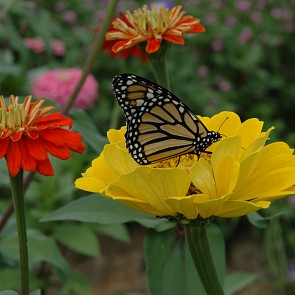Join the Citizen Science Naturalist Program!
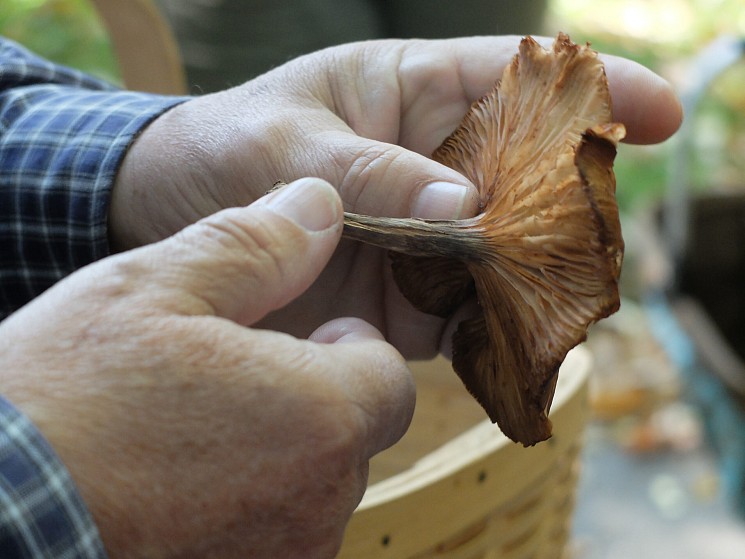
Virtual Classroom Trainings
Citizen Science Naturalist Program
2023
If you are interested in nature and would like to learn more about our local flora and fauna, we have just the program for you!
If you are concerned about our warming climate and would like to participate in projects that are gathering vital information about its impacts, we have just the program for you!
If you like to be outdoors and are interested in meeting people that care about the earth as much as you do, we have just the program for you!
Join the Citizen Science Naturalist Program at Mount Auburn Cemetery!
Our program provides eleven virtual classroom trainings led by local experts that will introduce beginners to flora and fauna and provide a deeper dive for more experienced nature enthusiasts. Volunteers will learn about field research protocols and conservation techniques through classroom and field trainings that will prepare them to become capable biodiversity research assistants for a number of projects on the grounds of Mount Auburn Cemetery. Volunteers will also have an opportunity to contribute to national environmental projects. Tutorial data collection walks and additional activities will be provided throughout the year. No experience is required! An in-person get together at the new event space at Hazel Dell will close out the classroom piece of our program. Citizen scientists will have an opportunity to get to know one another and connect with field researchers and classroom trainers at this event.
If you are interested in participating, please contact Paul Kwiatkowski, Director of Urban Ecology & Sustainability at Mount Auburn Cemetery: pkwiatkowski@mountauburn.org
You will receive zoom links to the virtual classroom trainings after signing up for the program. All trainings will be recorded.
2023 Virtual Classroom Schedule
- Amphibians & Reptiles: Saturday March 4, 11:00am – 1:00pm.
- Tree & Shrub Phenology: Tuesday March 7, 7:00pm – 9:00pm.
- Mammals: Saturday March 11, 1:00pm – 3:00pm.
- Nature Photography: Saturday March 18, 11:00am – 12:00pm
- Birds: Monday March 20, 7:00pm – 9:00pm.
- Fungi & Lichens: Monday April 3, 2:00pm – 3:00pm.
- Insects: Wednesday April 12, 12:15pm – 2:00pm.
- Intro to GIS and Mapping for Citizen Science: Friday April 14, 11:00am – 12:30pm.
- Informal Educators & Crowd-Sourced Science: Tuesday April 18, 6:00pm – 8:00pm.
- History of Mount Auburn Cemetery’s Connection to Landscape Stewardship: Thursday April 20, 10:00am – 11:00am.
- Botany & Gardening for Pollinators: Tuesday April 25, 6:00 – 8:00pm.
- In-Person Get Together: Sunday April 30, 3:00 – 5:00pm.
Wildlife at Mount Auburn: Winter Birding
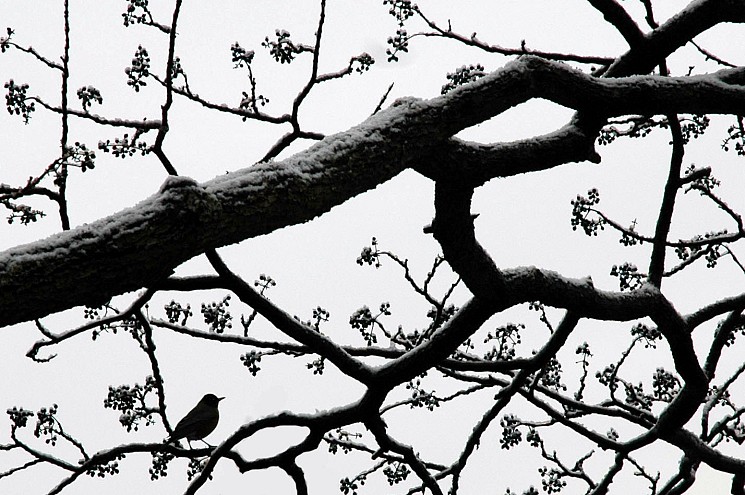
Winter is an ideal time to get familiar with the year-round resident birds of Mount Auburn. If you are a beginner birder this time of year offers the opportunity to see and hear the common birds of the area without the distractions of migrants or foliage on the trees.
During the winter months, in addition to Sparrows, Blue Jays, Robins, Cardinals and Crows, you might see a Great Blue Heron, a Cooper’s Hawk, Sharp-shinned Hawk or a Red-tailed Hawk and possibly a Great Horned Owl or a Screech Owl.
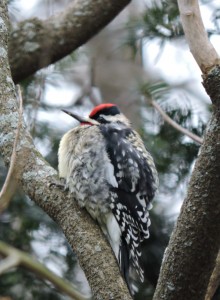
Photo by Al Parker, Mount Auburn Security
There is also the potential for seeing any of the following birds here during the winter months: American Kestrel, White-breasted Nuthatch, Black-capped Chickadee, Brown Creeper, Dark-eyed Junco, Downy Woodpecker, European Starling, Golden-crowned Kinglet, Hermit Thrush, Hooded Merganser, House Finch, Mourning Dove, Red-bellied Woodpecker, Red-winged Blackbird, Tufted Titmouse, White-throated Sparrow and Yellow-bellied Sapsuckers.
Help us Complete Phase 3, Indian Ridge Habitat Restoration
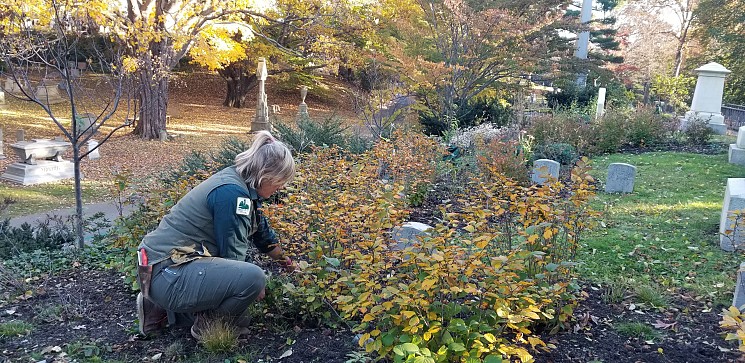
This spring and summer of 2022, we are excited to undertake the third and final phase of our ambitious Indian Ridge Habitat Restoration. Read on to learn what to expect this year, and how you can help us complete this transformative project!
If you have visited in the past two years, you may have noticed our earlier work underway, focused on creating plant communities that would provide both aesthetic and habitat value. Our staff and contractors removed invasive species like Norway Maples from the Ridge and the slopes below it. Replacing them with native shrubs and white-flowered Silverbell trees not only brought a more cohesive aesthetic to the area, but also improved habitat resources for resident and migratory birds.
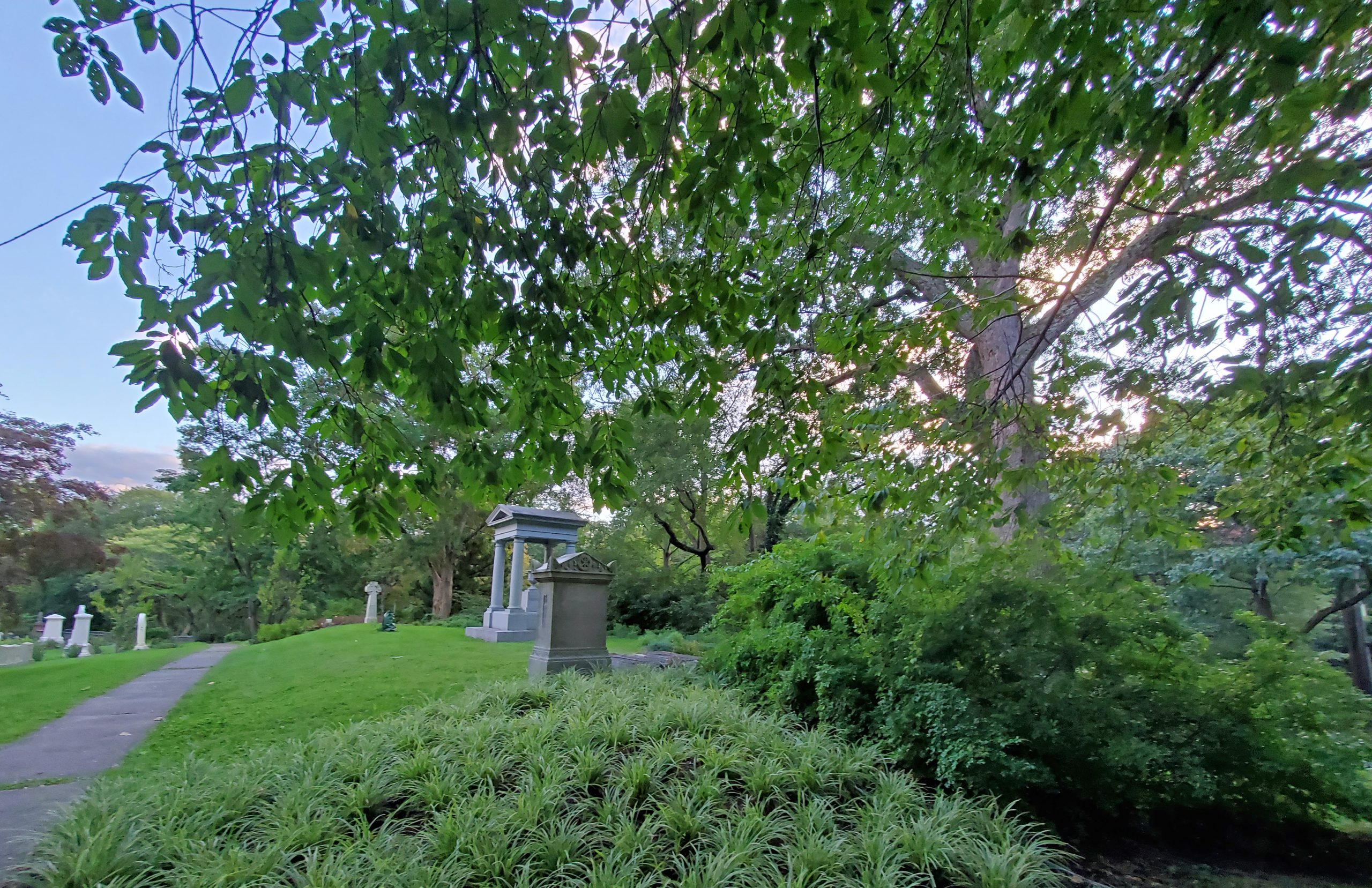
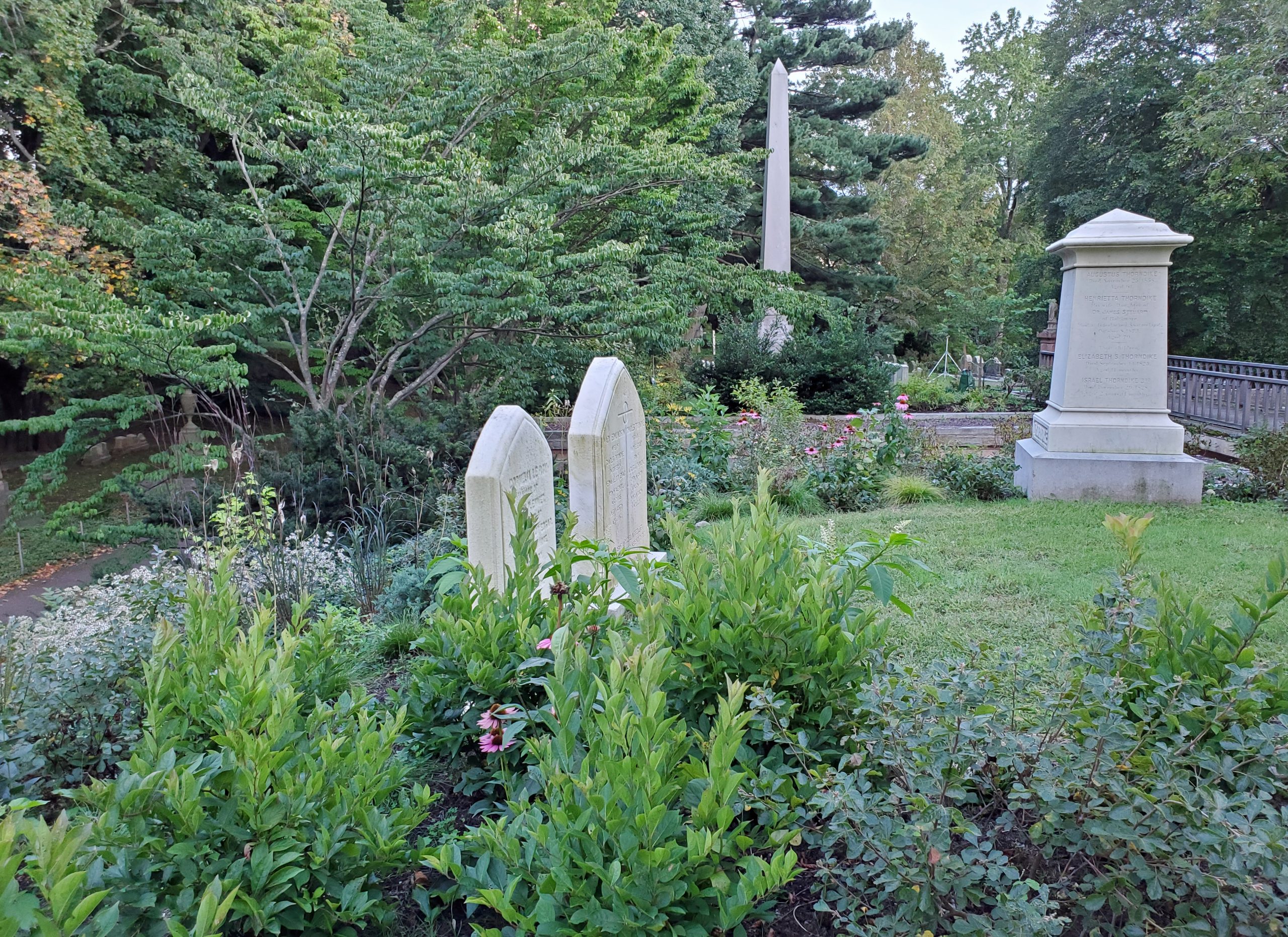
While we have made substantial progress, we still have many areas of plain turf grass in between the replanted sections. We also need to replace the path along the Ridge – currently narrow, damaged in many spots, and made of non-sustainable asphalt. It is therefore time for the final and most impressive phase of this project. Working with the designs and plants already in place (including what has already been added in Phases 1 and 2), we will complete this colorful and diverse landscape for one of our most popular areas, and improve the path for both visitors and staff.
Phase 3 Design – Sedge and Wildflower Meadow
For Phase 3, we turned to Larry Weaner Landscape Associates to create the landscape design. Principal and founder Larry Weaner has been a leading voice in the movement to shift from reliance on turf grass to diverse and ecologically-friendly groundcover. For many years, he has been working with us on the most effective ways to implement turf grass replacement throughout the Cemetery – one section of the landscape at a time, and always with the goal of complementing the monuments, trees, and other features that are already in place.
Larry has worked with Jenna Webster, Senior Associate at Larry Weaner Landscape Associates, to create a native planting scheme that will stretch across the entire 1,800-foot Ridge. It features a sedge and wildflower meadow along with an ambitious series of landscape character zones. These distinct zones – North Ridge Entry, Longfellow Woods, Ridge Meadow, Gardner’s Woods, Auburn Glade, and South Ridge Entry – draw inspiration from the legacy of the Ridge’s historic landscape, including some of its most notable monuments.
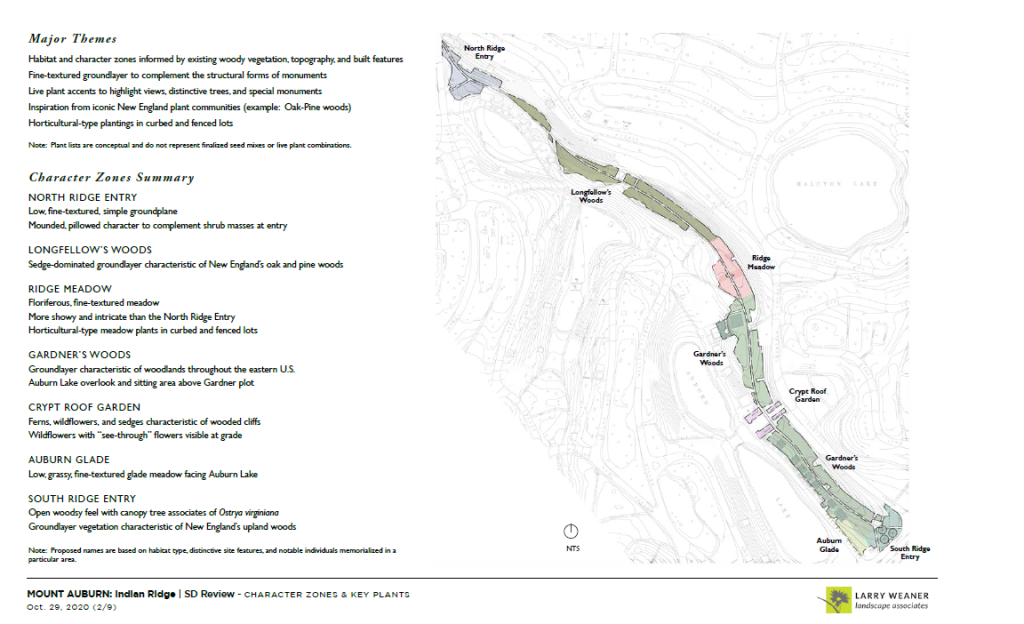
Improving the Path
We will also replace most of the narrow, damaged asphalt path with a permeable paving alternative. Asphalt produces harmful gases during production and installation, and increases the “heat island effect” in urban areas. As part of our commitment to sustainability, we are using a more environmentally-friendly stone aggregate instead. The larger and smoother path can also accommodate more visitors.
What to Expect When
Work on Phase 3 will begin in late spring 2022 with plant installations, which will continue through the summer. Throughout that time, and into the fall, our staff will be providing critical early maintenance for the new plants as needed. Meanwhile, landscape construction company Capizzi & Co. will install the new path at the same time. Please be aware that access to Indian Ridge will be closed during path construction, from June to October 2022.
Support Indian Ridge
You can help make this last step of the Indian Ridge Habitat Restoration a success! By making a gift to this project, you are enabling us to bring this new landscape to life and make the space more enjoyable for everyone. Thank you for your support!
Citizen Science Naturalist Program at Mount Auburn Cemetery 2022
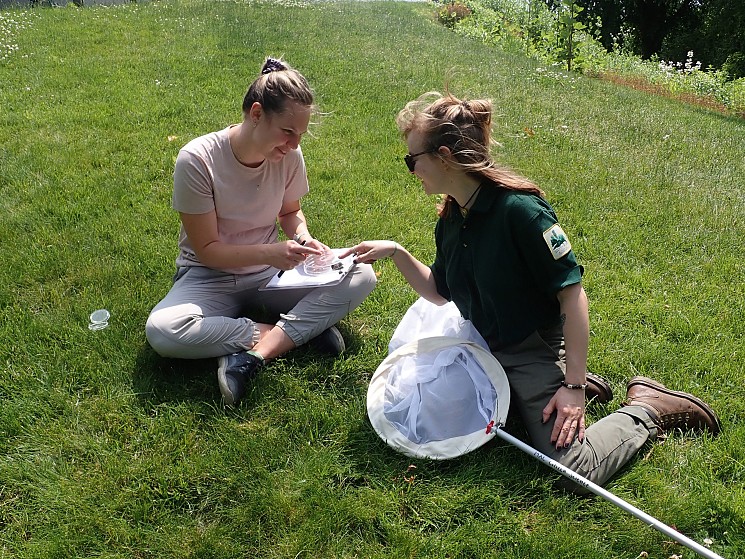
Over the past decade, Mount Auburn’s role in the community has evolved. It has always been an active cemetery, arboretum and cultural institution, popular among locals and tourists alike. But now it is also a significant destination for biodiversity research of critical urban wildlife habitat.
The mission of the Citizen Science Naturalist Program is to create a community of well-trained volunteers to support field research at Mount Auburn Cemetery. The volunteers will receive training from a diverse group of local experts that will enable each volunteer to become a capable research assistant and informal educator to the public.
The training program will include ten virtual classroom sessions covering flora and fauna, as well as field note taking, nature photography, history, informal educator training and the use of apps for crowd-sourced science. Additional learning opportunities will be provided throughout the year, including tutorial walks and research project field trainings.
All volunteers are asked to provide their own:
- All-weather field journal
- Waterproof mechanical pencil
- Measuring tape or ruler
- 10x lens
- Binoculars
- Digital camera or a phone with a camera
All classroom trainings will be held on zoom in 2022.
Virtual Classroom Training Schedule
- Fungi & Lichens
- Saturday March 12, 2022 from 4:00 – 5:00pm.
- Tree & Shrub Phenology Study
- Monday March 21, 2022 from 7:00 – 8:30pm.
- Insects
- Wednesday March 23, 2022 from 10:00am – 12:00pm.
- Amphibians & Reptiles
- Saturday March 26, 2022 from 12:00pm – 2:00pm.
- Birds
- Wednesday April 6, 2022 from 7:00 – 8:30pm.
- Mammals
- Saturday April 2, 2022 from 1:00 – 3:00pm.
- Informal Educators & Apps for Crowd-Sourced Science
- Monday April 4, 2022 from 7:00 – 8:30pm.
- Field Notes & Nature Photography
- Saturday April 9, 2022 from 12:00 – 2:00pm.
- Mount Auburn Cemetery History 101
- Wednesday April 13, 2022 from 10:00 – 11:00am.
- Intro to Plant ID & Botany
- Wednesday April 20, 2022 from 7:00 – 8:00pm.
If you would like to sign up for trainings or would like more information about the program, please contact: Paul Kwiatkowski, Director of Urban Ecology & Sustainability: pkwiatkowski@mountauburn.org
